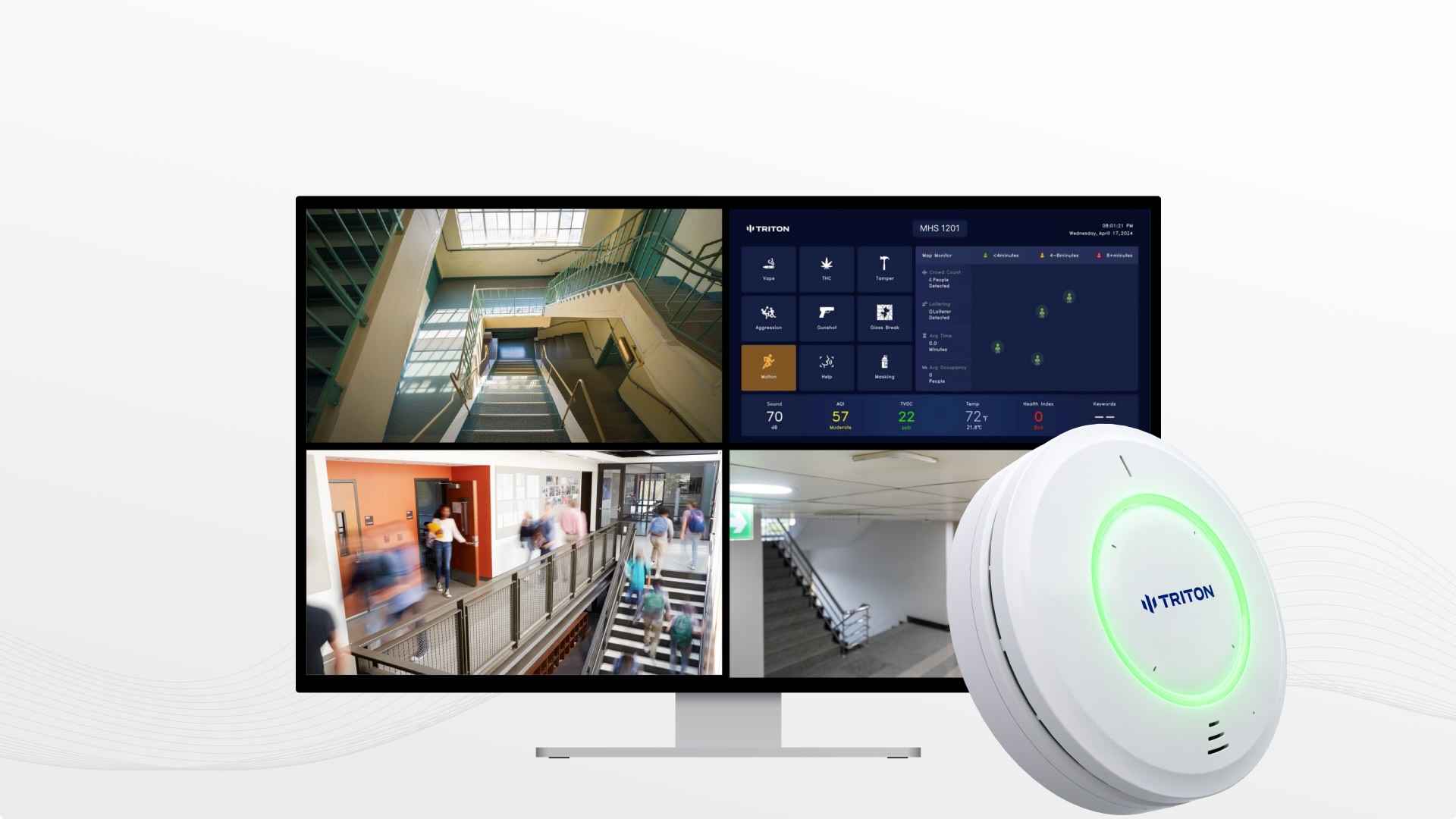Not long ago, vaping seemed unstoppable inside schools. Students slipped into bathrooms between classes, where the flavored nicotine and THC vapors left no trace. Teachers and administrators were left powerless, until districts started using the latest tool to safeguard these students: the vape detection.
Today, schools across the country are reporting huge success stories and demonstrating how transformative the technology can be in combating the vaping epidemic.
A Case Study: Reducing the amount of vaping by 83% over 10 Weeks
Luling Independent Schools District was significant issues with vaping. Despite warnings from school authorities and the implementation of stricter rules, some students vaped in bathrooms and locker rooms. Traditional smoke alarms were useless against vapor, and staff could not be everywhere at once.

The district conducted tests on a variety of vape detection devices in March. The results were striking. In just five short weeks the number of vaping incidents had dropped substantially. By the ten-week mark the vaping rate had dropped by a staggering 83%..
For administrators, the success was more than just numbers. Teachers reported less interruptions and students began to understand that smoking will not be ignored.
Match Charter Schools also enjoy similar success
Match Charter Schools also has an impressive example. Middle and high school students were vaping at the time. They implemented a set of vape smoke alarms in the month of August and immediately saw outcomes.
At the end of December, only four months later, the administrators announced the 80% reduction in weekly vaping incidents. Parents praised the school for adopting concrete measures to safeguard students, and teachers observed an immediate decrease in the amount of hallway loitering and bathroom crowding.
Both districts are part of a rising trend. Schools that adopt vape detection experience measurable gains in their behavior as well as safety.
What makes vape detectors so Effective?
The secret behind these results lies in the technology itself. Modern vape detectors don’t just sense vapor; it also measures air quality as well as monitors occupancy and sends alerts in real time to the staff. Administrators no longer need to rely upon guesswork or reports that are built on data from after the fact.
The detectors are designed to safeguard your privacy. No cameras. No audio recording. No audio recording. Only instant, precise data that aids schools in implementing swiftly and without violating student’s rights.
The combination of effectiveness, compliance and affordability makes vape detectors the most effective safety tool schools can implement today.
Vape safety nets to protect you from the dangers of smoking and beyond
A lot of administrators are aware that detectors go beyond smoking prevention. Advanced systems can detect loud sounds and triggers that are linked to emergencies, as well as vandalism attempts.
If, for instance, an entire group starts to linger in a toilet the detector will alert you to an unusual degree of occupancy. Staff can be instantly alerted when someone shouts a distress keyword such as “help”. In this manner, vape detectors for schools become part of a wider security plan that addresses both health hazards and the possibility of violence.
Why Parents and Boards Support Vape Detectors
Transparency is a sign of confidence that is often ignored. Schools using detectors may produce reports that clearly show trends in vaping activity. These reports are made available to school boards, parents as well as community members, offering proof that steps are being taken.
Parents, particularly, are more than happy when they see the tangible effects. A vape smoke detector isn’t just catching students it’s protecting their health and reinforcing the message that vaping has no place in schools.
The Takeaway The Takeaway: A Tested Path to Success
For years, e-cigarettes felt like an unresolved battle schools were unable to take on. But case studies from districts across the United States prove that the opposite is true. Administrators can identify incidents and discourage risky behaviors in real-time with a vape detection device. This creates the safety of students.
The vaping epidemic may not be over yet but there’s a turning of the tide. Schools investing in vape detection technologies aren’t just responding to an issue, they’re in the process of paving the way for more sustainable future.
Conclusion
Schools across Texas and Massachusetts are proving that technology works. A modern vape detector does more than simply sound an alarm. It alters the way people behave which builds trust and provides a lasting solution to one of the current most urgent student health challenges. Vape detectors in schools are not an experiment for any district which is concerned regarding student safety. They’re now a standard.